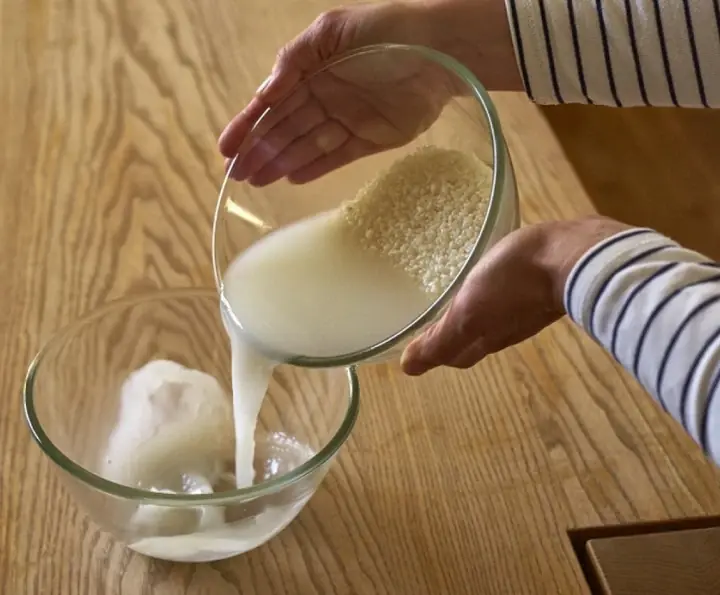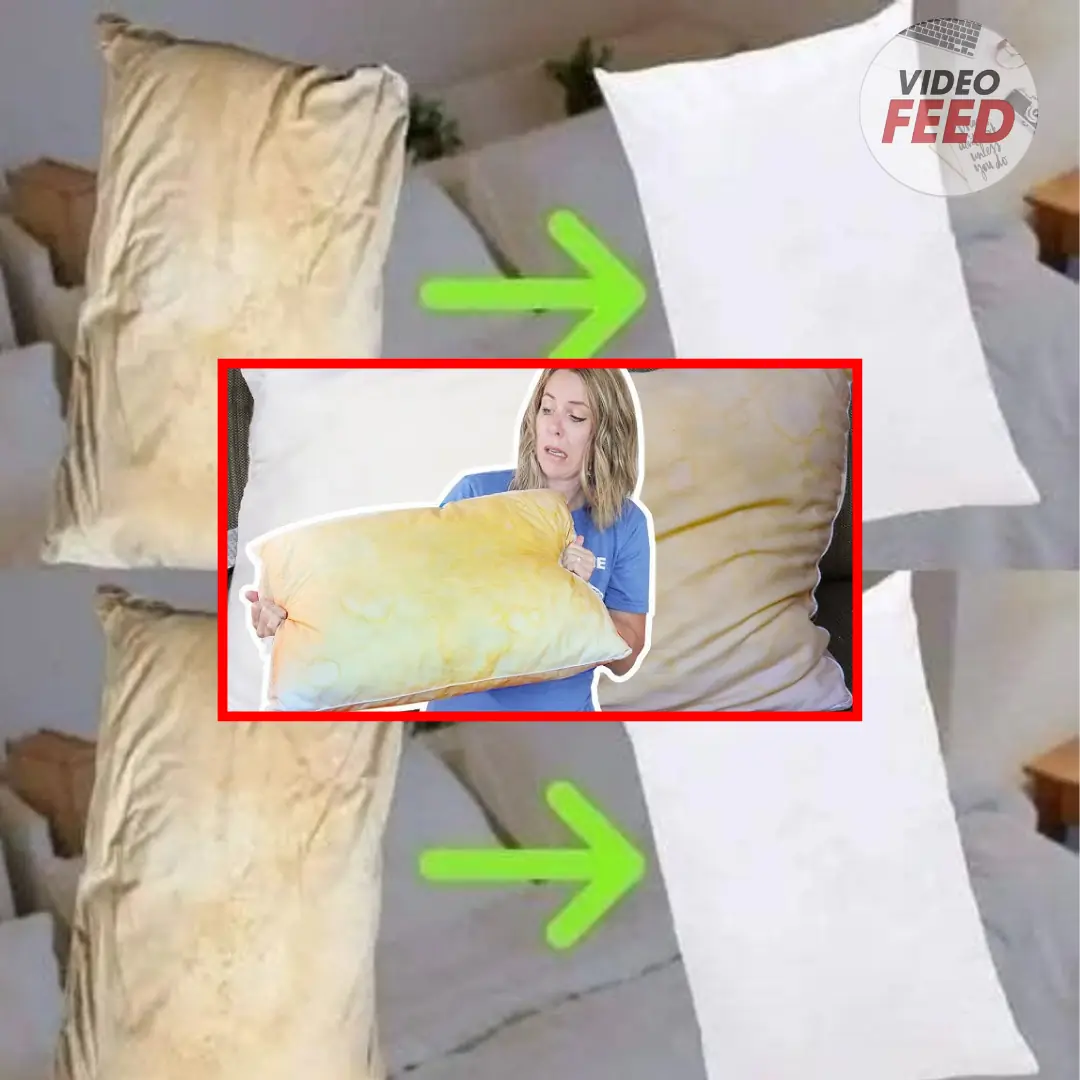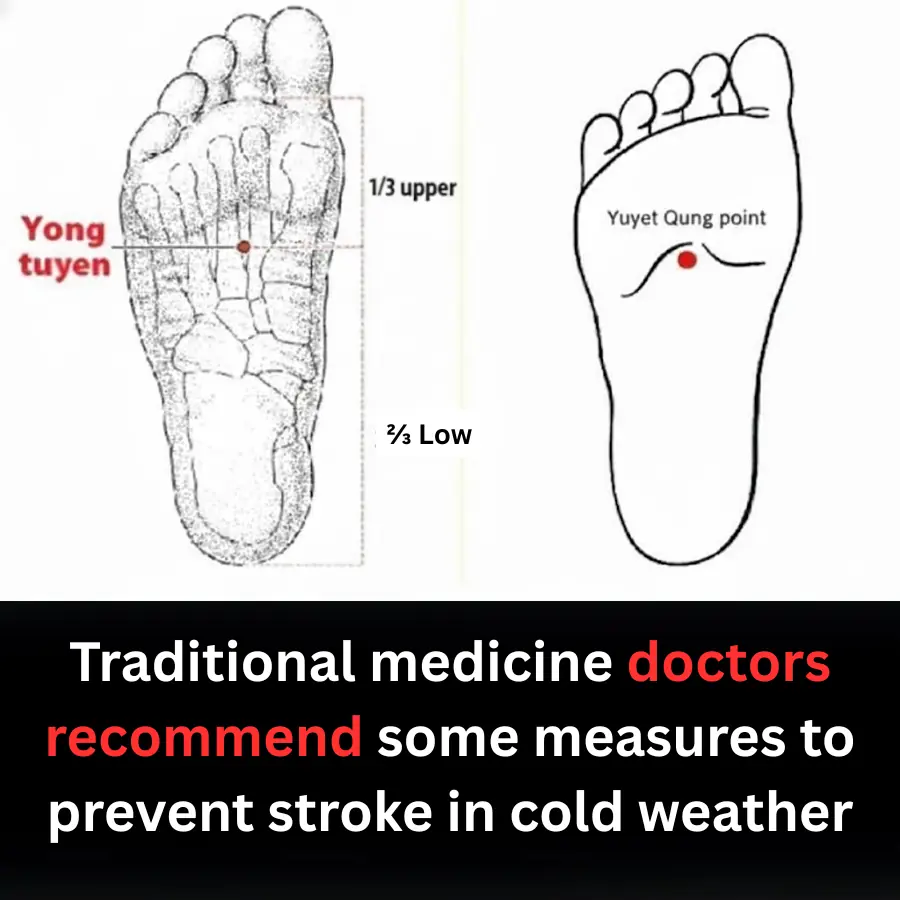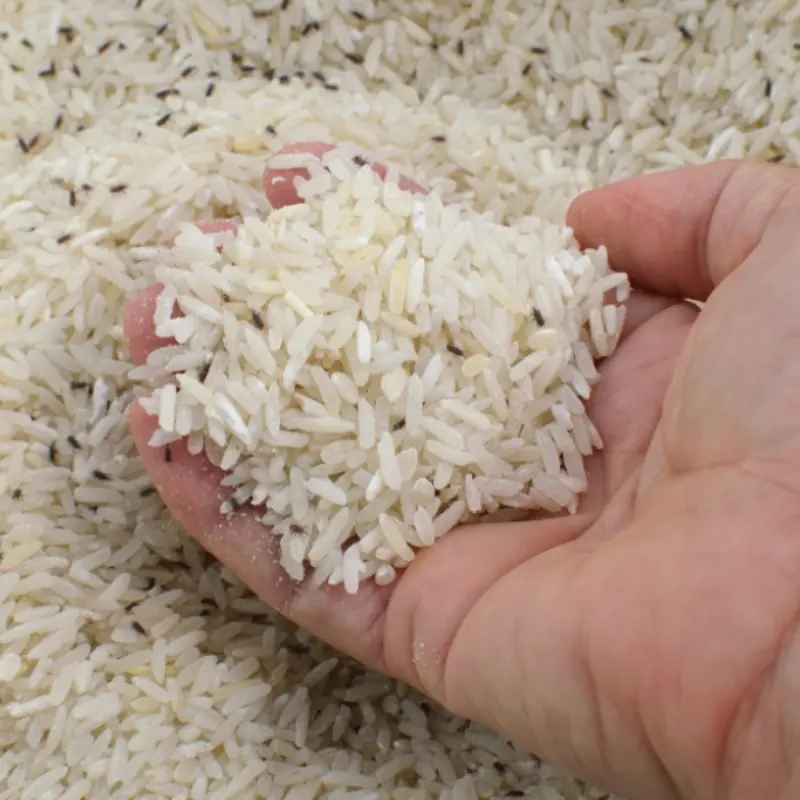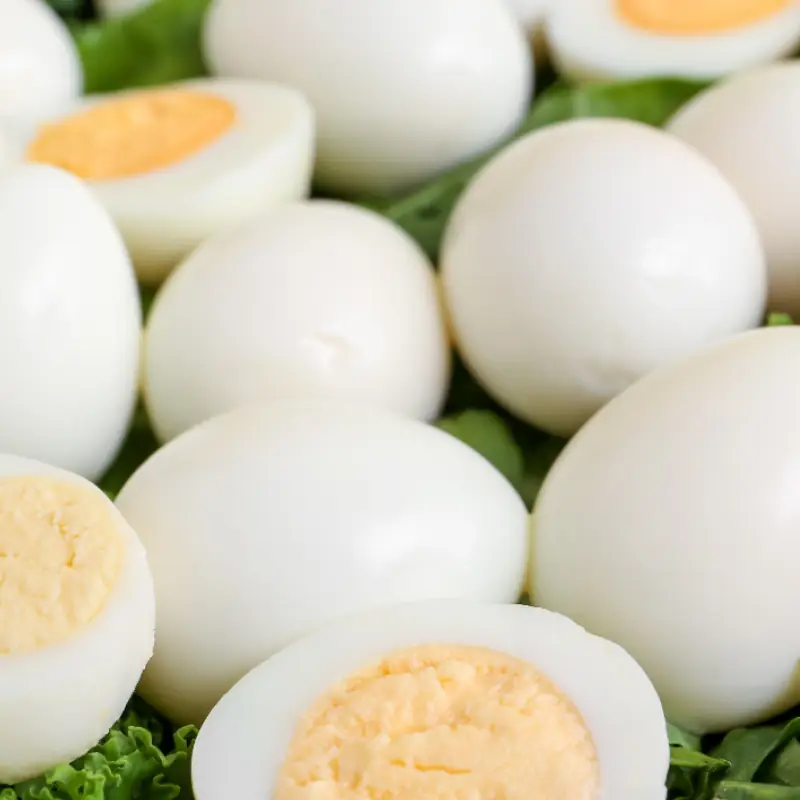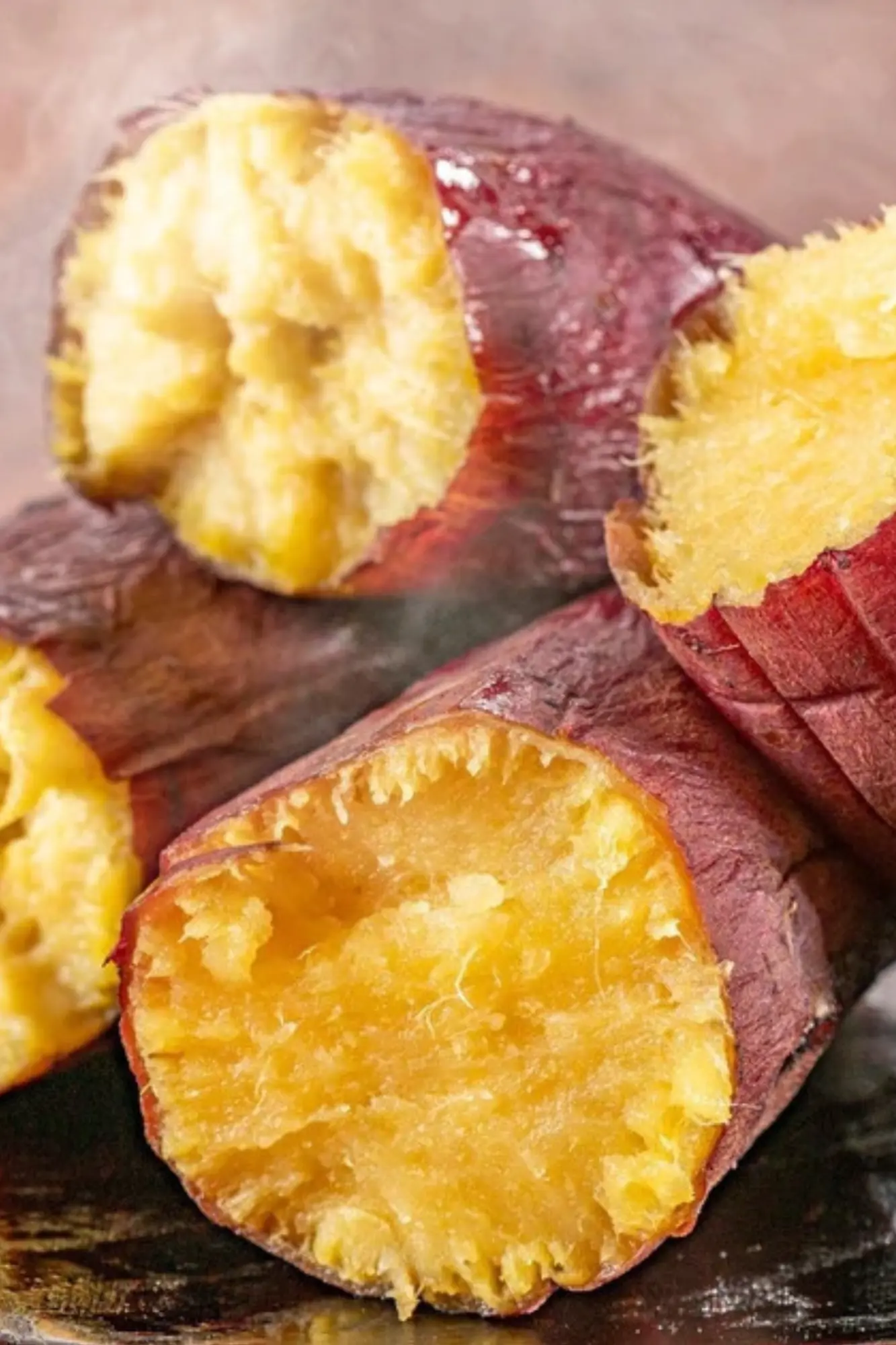In Japan, where space and time are often limited, efficient household solutions are essential. One such clever technique that has been used for centuries is the traditional method of drying clothes quickly, even thick fabrics like blankets, towels, and coats. This method not only helps save time but also ensures that clothes dry thoroughly without any lingering moisture that can lead to mold or mildew.
In this article, we will explore the Japanese secret to drying thick clothes quickly, the science behind this method, and practical tips you can apply in your own home to dry clothes more efficiently.
Why Drying Clothes Quickly Matters
The process of drying clothes is more important than just getting them dry - it also plays a crucial role in maintaining the quality of the fabric and ensuring hygiene. Prolonged dampness in clothing can result in unpleasant odors, and if moisture is trapped for too long, it can lead to the growth of mold or mildew. Additionally, thick clothes such as blankets, coats, and towels are often harder to dry, and if not handled properly, they may stay damp for longer periods.
In Japan, where the weather can be quite humid, particularly during the rainy season (known as tsuyu), getting clothes to dry quickly is an essential skill. The traditional method is both simple and effective, relying on air circulation, heat, and a bit of Japanese ingenuity.
The Japanese Secret: The "Hang and Sway" Method
The secret to drying thick clothes quickly lies in a Japanese method called the "hang and sway" method, which takes advantage of airflow, sunlight, and the motion of the fabric. Here's how it works:
1. Hang Clothes Properly:
- First, it’s important to hang clothes in an optimal location. Avoid hanging clothes in areas with poor airflow, like enclosed rooms. Instead, hang them outside on a clothesline or near an open window. If you don’t have outdoor space, consider hanging clothes in a well-ventilated area inside your home.
- For thick items like towels or blankets, it’s best to spread them out evenly to ensure they dry quicker. Avoid folding them over the line, as this creates uneven drying and may leave parts of the fabric damp.
2. The Swaying Motion:
- The key to drying clothes faster is ensuring good air circulation. Once the clothes are hung, gently swaying them by hand helps loosen the fibers of the fabric. This motion mimics the natural movement of air that helps moisture escape from deep within the cloth.
- This method is particularly useful for thick fabrics, as it allows air to penetrate more deeply into the fabric, speeding up the drying process.
3. Harness the Power of the Sun:
- If possible, use sunlight to aid in drying. Sunlight has a natural antiseptic effect, which helps sanitize your clothes while drying them faster. The ultraviolet rays from the sun help kill bacteria and prevent musty odors from forming.
- However, for delicate or brightly colored fabrics, avoid direct sunlight, as it can cause fading. For thick items, you can hang them outside during the warmer parts of the day when the sun is not too harsh.
Additional Tips from Japanese Culture
In addition to the "hang and sway" method, there are several other Japanese-inspired tips for drying clothes quickly and effectively:
1. Use a Fan for Better Airflow
Japanese homes often make use of oscillating fans or electric drying fans to circulate air. When clothes are hung, placing a fan nearby helps increase airflow, especially in humid or closed environments. This helps the moisture evaporate more quickly and prevents damp spots from forming on your clothes.
-
Tip: Set a fan to oscillate back and forth near your clothes. This ensures that the air reaches all areas of the fabric, improving the drying time.
2. Use a Drying Rack in Small Spaces
If you don’t have access to an outdoor space, drying racks are an essential tool in Japan. Japanese homes often use space-saving drying racks that can be placed near windows or in well-ventilated rooms. These racks are adjustable, so you can place them in the most optimal positions for drying.
-
Tip: Use a drying rack with multiple levels to maximize space. Allow plenty of space between the clothes for airflow.
3. Avoid Overloading the Washing Machine
One important Japanese practice is to avoid overloading the washing machine. When the washing machine is overloaded, clothes are not washed or spun efficiently, meaning they will be much harder to dry. To ensure that clothes dry faster, it’s essential to give them enough room to be thoroughly spun out during the wash cycle.
-
Tip: Always spin clothes thoroughly before hanging them up to dry. A good spin cycle removes excess water, allowing clothes to dry faster.
4. Use the Right Detergent
Using a high-quality detergent designed for quick-drying fabrics can also help. Certain detergents have water-repelling properties, which help clothes shed moisture faster. In Japan, detergents with high-performance cleaning are commonly used to ensure fabrics remain fresh and dry faster.
How Does the Science Work?
The "hang and sway" method and other techniques mentioned above rely on the principles of evaporation and air circulation. When clothes are damp, the moisture in the fabric needs to escape into the surrounding air. The more air you can move around the fabric, the faster this moisture will evaporate. By ensuring that the clothes are hung properly, gently swaying them, and using a fan or sunlight, you are increasing the evaporation rate, allowing the clothes to dry much faster than they would in a still, stagnant environment.
Conclusion
Japan’s traditional “hang and sway” method for drying clothes is an effective and natural way to speed up the drying process for thick items like towels, blankets, and jackets. By utilizing air circulation, heat, and sunlight, you can ensure that your clothes dry faster and more thoroughly. With these tips, you can avoid the hassle of damp, musty laundry and keep your clothes fresh and dry in less time.
Next time you’re faced with the challenge of drying thick clothes, remember these simple yet powerful techniques and make your laundry day a breeze!








